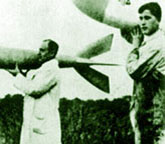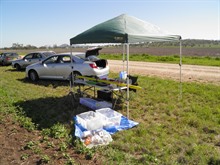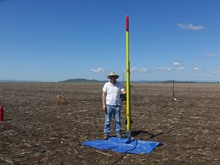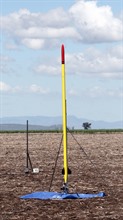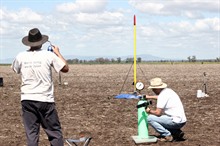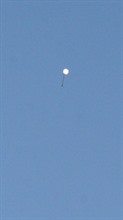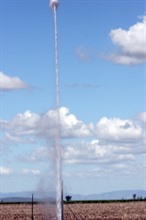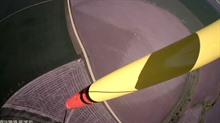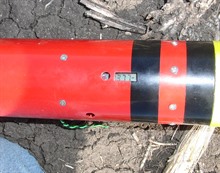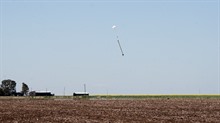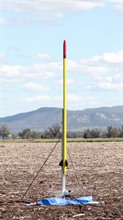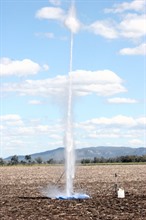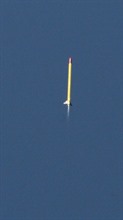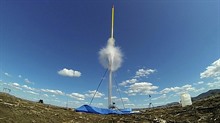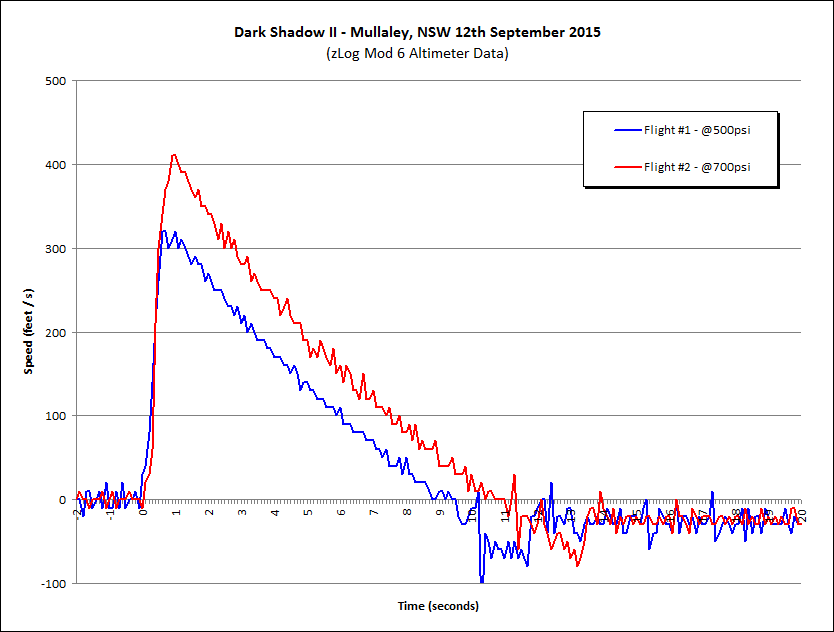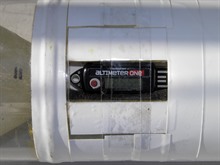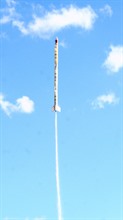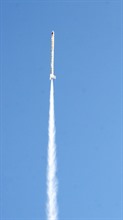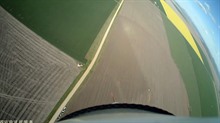 |
 |
|
|
last updated: 9th November 2024 - Day 236 - Launch Tubes #2 |
|
|
|
Splicing Bottles AS#5 |
|
#235 - Coming Soon |
|
#234 - Coming Soon |
|
#233 - Coming Soon |
|
#232 - Coming Soon |
|
#196 - Coming Soon |
|
#193 - Coming Soon |
|
#172 - Coming Soon |
|
|
| FLIGHT LOG | ||||||||||||||||||||||||||||||||||||||||||||||||||||||||||||||||||||||||||||||||||
|---|---|---|---|---|---|---|---|---|---|---|---|---|---|---|---|---|---|---|---|---|---|---|---|---|---|---|---|---|---|---|---|---|---|---|---|---|---|---|---|---|---|---|---|---|---|---|---|---|---|---|---|---|---|---|---|---|---|---|---|---|---|---|---|---|---|---|---|---|---|---|---|---|---|---|---|---|---|---|---|---|---|---|
|
||||||||||||||||||||||||||||||||||||||||||||||||||||||||||||||||||||||||||||||||||
| Day 166 - Dark Shadow II and Axion G5 | ||||||||||||||||||||||||||||||||||||||||||||||||||||||||||||||||||||||||||||||||||
|
Date:
12th September 2015 Location: Mullaley, NSW, Australia Conditions: Light breeze ~5km/h, sunny 25C, Team Members at Event: GK. Dark Shadow IIThis week NSWRA had its High Power launch at Mullaley. With dad in Europe, wife at work and the kids at school, I took a day off from my work and drove out to give Dark Shadow II an opportunity to stretch its wings. This is the second airframe we built for Thunda, but it never had a chance to fly. Although it is a little longer and heavier it also has higher capacity. The simulator predicts that it has similar performance to Dark Shadow I. The weather was perfect with blue skies, only a slight breeze and dry underfoot. We launched from another part of the farmer's property that is a lot more accessible for cars. The location doesn't get much better than this. A big thank you goes to the David, Tim, Andrew and Chris who helped set up and launch the rockets on the day. Also thank you to Andrew Eltobaji for taking a lot of the photos shown below. Dark Shadow II - Launch #1Setup was straight forward with the first launch targeted at 500psi ( 34.5 bar ) because that is what airframe was hydro tested to. I wanted to get at least one successful launch in before increasing the pressure. I paused filling at 200psi for around 20 seconds and again at 400psi for 10 seconds to let things cool down a little, before increasing the pressure to 500psi. The launch was quick but not quite vertical, though only a few degrees. Later I found out the reason for that, as there are yellow paint marks on the rail, and the bottom of the launcher was pushed into the soft soil. The diagonal rail supports are attached at the top of the rail so geometry says that if the bottom of the rail moves down then the rest of the rail will lean over. The rocket flew to 1370 feet ( 417 m ) and drifted down gently about 500m away. The altitude is an average of the zLog reading (1364 feet) and the AltimeterOne ( 1377 feet ). Post landing I noticed the camera had been dislodged in the nosecone, which was my fault because I forgot to tape it into its foam mount. Luckily it stayed where it was supposed to for the entire flight, and it was only the landing that dislodged it. It looks like the nosecone also hit the payload bay after landing as there are some pretty good scuff marks on it. Dark Shadow II - Launch #2After washing the dirt out from the nozzle, it was now time (as Tim says), "Go hard, or go home". So knowing that the last launch at Thunda was 640psi, and the sample pressure chamber was tested to 650psi, we decided to crank it up to 700psi ( 48.3 bar ). The expected disassembly didn't come and so we let it go. The rocket took off with visibly more authority than the previous launch and this time a little more vertical too. This was mostly due to the fact that we put a support under the launcher. It still got pushed a good 10cm into the soft soil though, and I expect we lost a little energy that way. The rocket also had a nice long but brief contrail as the cold air came out of the nozzle after burnout. Andrew got a great shot of it. (see below) With the timer delay set to 11s the rocket flew to 1941 feet ( 591 m ) and gently arced over before deploying the parachute. The altitude again is an average of the zLog reading ( 1922 feet ) and the AltimeterOne reading ( 1961 feet ). This is now our new personal highest altitude record which we are happy about. We are getting closer to the 2000' mark. The 60psi increase raised the altitude around 200 feet compared to Dark Shadow I's last Thunda launch. I think another 20-30psi could push it over 2000 feet, although I am not sure the airframe could take it. We must be pretty close to the rocket's pressure limit now. We'll see where that limit is at the next launch ... :)
The video showed that the rocket has a slow roll compared to the original airframe that virtually had none. The rocket again landed about 0.5km away from the launch pad. Here is the altimeter plot from the zLog altimeter:
We're happy with how the deployment mechanism is working under the high-G loads. The second launch was around 53G. It's now had 5 successful flights. Video HighlightsDark Shadow II - 2nd Flight
A combined plot of the two flights for comparison:
A combined plot of the speed, derived from the altimeter data:
Axion G5 - LaunchThe last launch for the day was Axion G5 with 2.5L of water and foam. We just used the standard plastic 9mm nozzle for this one. This was a very nice flight with a long sustained burn. It flew up to 855 feet ( 260m ) and landed fairly close to the pad. The roll also wasn't nearly as bad as the last time it flew, and so the onboard video was reasonable. Rather than swap over to the LP regulator, we just pressurised it using the direct connection to the scuba tank like we do with Dark Shadow. It was then time to pack up and head back to the motel, and back to Sydney the next day. I didn't get as much video and photos from this launch, but at least there was less to edit. HPR Flights Highlights VideoThe following is a video of some of the other NSWRA flights from the same day. Flight Details
|
